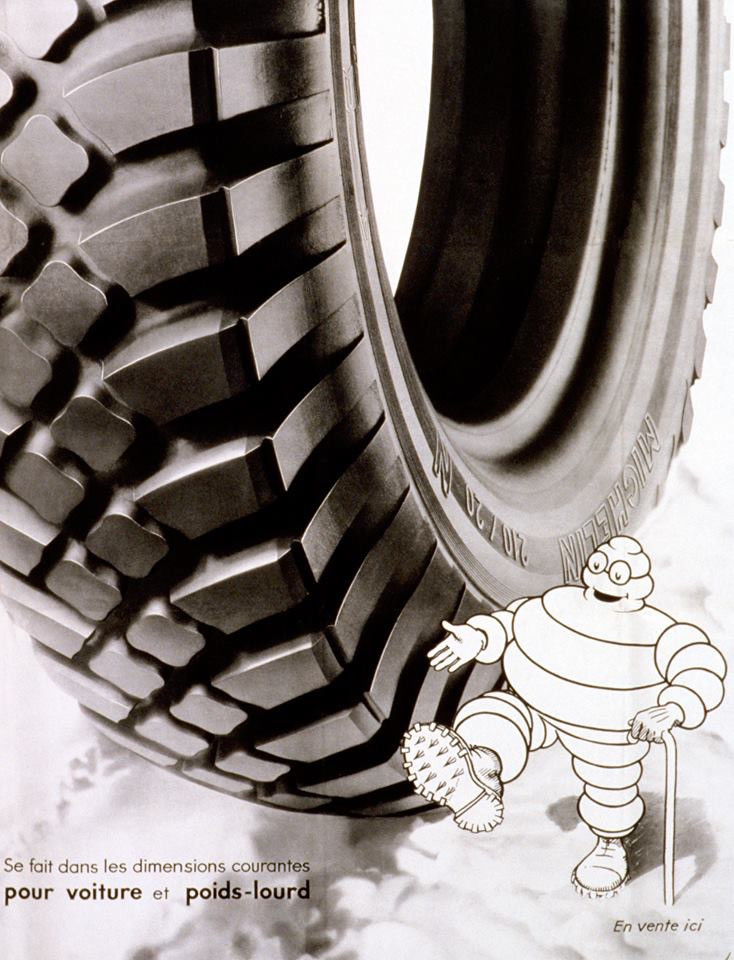PPMC-Transport is supported by its audience. When you buy through our links, we may earn an affiliate commission. Learn more
Written by Steven Schiller
Fact checked by Henry Speciale
Michelin is the largest tire company in the world. The iconic brand is synonymous with quality tires for all sorts of driving. The Michelin headquarters are located in Clermont-Ferrand, France.
So, how many miles do Michelin tires last? Michelin tires last between 45,000-85,000 miles or 72,400-136,800 km.
In detail, how long do Michelin tires last? Its lifespan is about 5-10 years. A number that’s been specified by the Michelin tire age recommendation.
Table of Contents
Since most people drive 12,000 to 15,000 miles a year, an average lifespan of a tire can last an everyday driver for 3 to 5 years. The difference can be pretty substantial when compared to a Michelin tire mileage.
The Michelin Defender is an all-season tire usable for every terrain. It comes in 57 different sizes to accommodate most vehicle types.
It’s a durable tire with proprietary technology employed by Michelin themselves, which can either be great or bad news. Since tires with more proprietary technology are more expensive.
With all this technology, how long do Michelin defender tires last? Michelin assures consumers that Defender tires can last 90,000 miles or 144,840 km.
Designed for sedans, coupes, and minivans.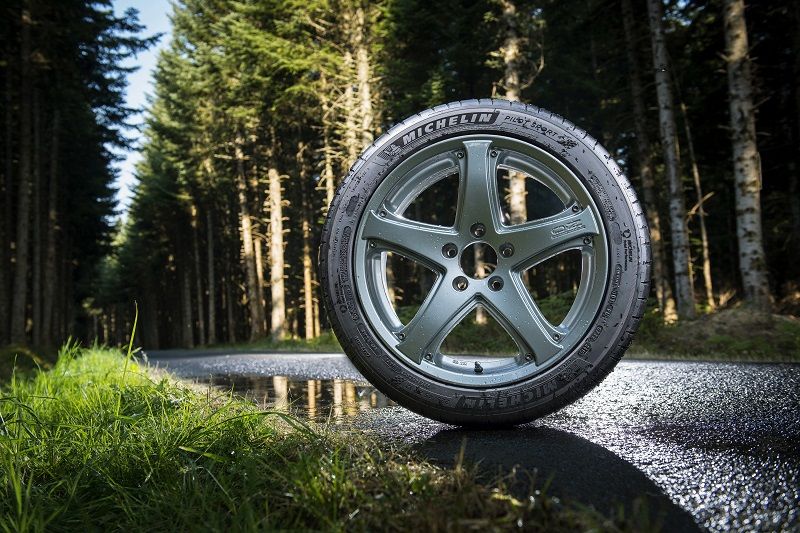 The Michelin Premier is a tire that focuses in and improves your vehicle’s handling, especially on wet surfaces.
The Michelin Premier is a tire that focuses in and improves your vehicle’s handling, especially on wet surfaces.
These tires specialize in providing traction on wet roads due to their structure. Its unique treading pattern and materials are made from a blend of sunflower oil and extreme silica. These features effectively grip the pavement, so your handling isn’t compromised.
The Michelin premier also comes fitted with twin steel belts inside to provide durability. Due to this, the Michelin Premier tires last substantially long at 60,000 miles or 96,560 km.
The Michelin Pilot Sport 4S is the 4th-generation summer tire from Michelin. It offers grip and handling, even at high speeds, which they derived from the Michelin Pilot Super Sport.
These tires are meant for summer. However, due to high temperatures, the air pressure inside the tires may expand. That’s why it’s always an option to consider changing your tires to more specific products that handle increased temperatures when driving.
The Michelin Pilot Sport 4s tires last at about 30,000 miles. While relatively short when compared to other Michelin products. You’d only be using this tire for several months during the summer.
Read now: Michelin Pilot Sport 4s vs Michelin Pilot Super Sport.
It’s definitely up to you. While Michelin tires are top-notch quality products, they can get quite expensive compared to other tire brands.
Michelin tires lifespan as a product has always been rather impressive, lasting up to 10 years. The brand’s tires have always been known to the car world as tires that offer excellent performance and durability, so the cost would naturally be higher.
Michelin offers a wide array of tires optimized for every driving activity. If you eventually decide to buy Michelin tires, make sure you choose the one that’s perfectly ideal for the driving you usually do.
How long do Michelin tires last? Now you know that Michelin products are built to last. Whether traveling around the country, taking a long road trip, or just commuting daily, you can trust that your tires will last.
However, as the top tire manufacturer in the world, their products can get relatively expensive for an average consumer. If you’re good for it, Michelin tires can be a pretty good investment.
Before you go, don’t forget to check our comparison of Michelin with other tire brands to find out the best tire for you:
I'm Henry, the content writer for PPMC Transport. We build our site entirely on experience and extensive market and customer research. My goal is to create a trusted platform where people can go to determine what is best for their vehicles in terms of safety and convenience. Keep an eye out for our useful guide!
My goal is to create a trusted platform where people can go to determine what is best for their vehicles in terms of safety and convenience. Keep an eye out for our useful guide!
- Speciale Henry
Spending a premium amount on an item for your vehicle will often reward you with better quality and longevity. If you are looking at new tires for your vehicle and wonder if Michelin tires will last, we can help you. We researched this popular tire brand from multiple professional sources so that you'll know for sure what to expect.
You can expect a Michelin brand tire to last between 40,000 and 85,000 miles. The amount of mileage you will get depends on:
Now that we have a range of how many miles a Michelin tire will last, we'll take a closer look at what impacts their longevity.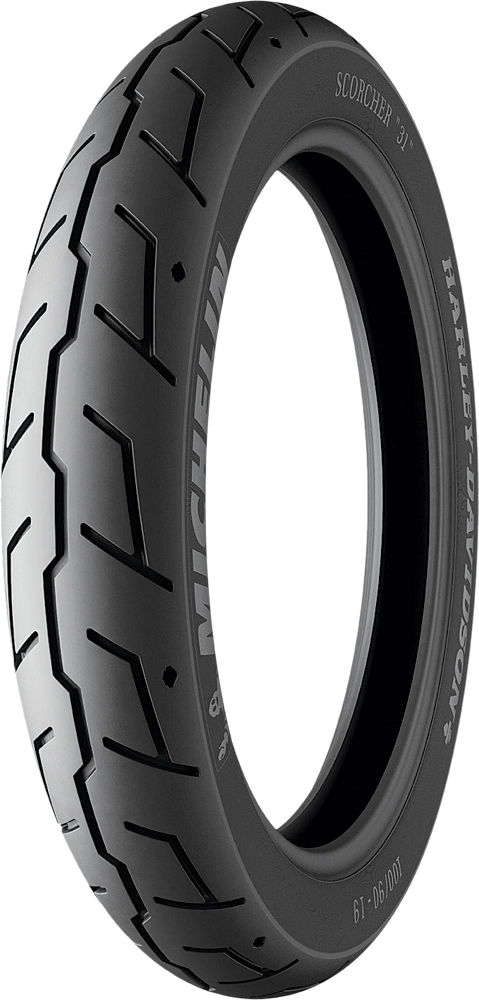 You might also be curious about the signs that tires need replacing or how long Michelin run-flat tires will last. For the answers to these questions and more, read ahead in this post and see what our research has shown us.
You might also be curious about the signs that tires need replacing or how long Michelin run-flat tires will last. For the answers to these questions and more, read ahead in this post and see what our research has shown us.
Before you continue reading, let us say we hope you find the links here useful. If you purchase something through a link on this page, we may get a commission, so thank you!
Like any other part of your vehicle, the tires will only last to their expected mileage if certain circumstances are had. If you're going to fork over good money for tires, it's essential to know precisely how to get the most out of them.
Replacing one tire can be costly enough, but buying a new set can set your bank account back. Some people might need to plan for this sort of expense.
Here, we'll look at what circumstances impact the lifespan of a Michelin tire so you can do that budget planning.
Like most tire manufacturers, Michelin has a wide variety of tires available. Whether you need to fit your vehicle with snow tires, summer tires, or high-performance tires, Michelin will have many to choose from.
Whether you need to fit your vehicle with snow tires, summer tires, or high-performance tires, Michelin will have many to choose from.
Specialty tires like summer and snow tires will be on the lower end of the longevity range. Under the proper conditions, these tires will last up to 50,000 miles on average.
Every day tires like the touring or all-weather tires last much longer. These you can expect to last up to and perhaps beyond 85,000 miles.
No matter how well built a tire is, it will need to be properly maintained to get the most mileage. Ensuring that it is inflated to the factory-recommended PSI is critical. Driving on underinflated tires will allow for significant damage.
Be mindful of how you brake and accelerate. Spinning your tires won't do them any favors, and neither will skidding into a complete stop. Remember that these are wearable parts and will last much longer if treated as such.
Rotate the tires when recommended to do so.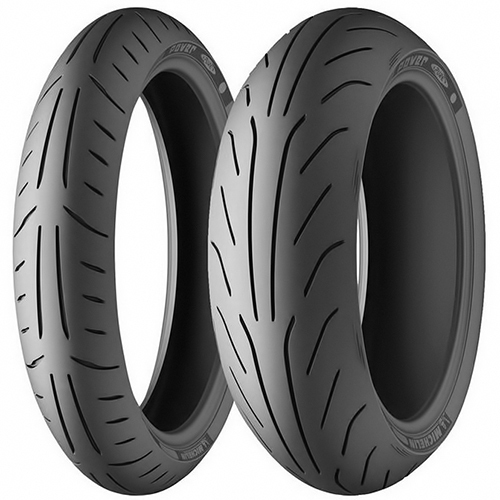 This will keep them from uneven wear and make them last longer.
This will keep them from uneven wear and make them last longer.
Road hazards are the number one enemy of a car tire. Whether it's a nail or a screw that lies in wait in your favorite parking space, or a newly formed pothole on your commute, these factors can severely diminish the life of your tires.
Drive carefully and avoid running your vehicle through spots that look troublesome. If this cannot be avoided, drive meticulously. Treat potholes and speed humps with extra caution.
Understandably, some conditions cannot be avoided. But be alert to what is on the road in front of you at all times.
Run-flat tires are becoming more common. These specially designed tires will allow you to drive for many miles after they are punctured, allowing you to get to a service station for help.
Michelin brand run-flat tires will allow you to drive an average of 50 miles after the tire is punctured. This number of miles is typical across all brands of run-flat tires.
This number of miles is typical across all brands of run-flat tires.
These tires are typically equipped on vehicles that do not have a full-size spare or donut. They are not meant to be mixed with other tire types. Do not replace your run-flat tire with any other type, as it will cause issues with your suspension and alignment over time.
We mentioned earlier in this post that Michelin's all-season tires are among the ones with the most longevity. Equipping your vehicle with these tires will undoubtedly cost a bit more, but you will find that they will last quite a while.
On average, you can expect a Michelin all-season tire to last 85,000 miles. This is nearly half the life of a typical vehicle!
Take proper care of your Michelin all-season tires to get the best results.
The lifespan of tires is quite a wide range. Everything from tire brand, tire type, and driving conditions will factor in on how many road miles you can expect these inflated pieces of rubber to last.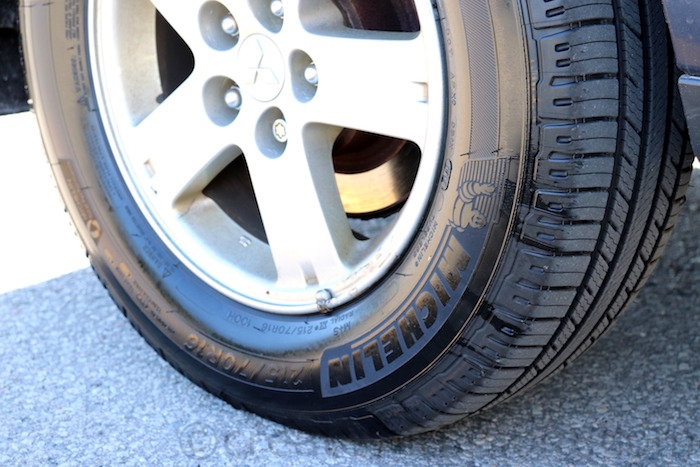 And as we outlined earlier in this post, how you treat them goes a long way.
And as we outlined earlier in this post, how you treat them goes a long way.
On the lower end of the spectrum, tires will last an average of 25,000 miles. These are typically the most inexpensive models on the market. They can also be specialty tires, like high-performance ones, that wear out faster because they are meant to be driven.
Across most tire brands, all-season models will usually last the longest. With proper care and maintenance, you can expect this type of tire to last upwards of 60,000 miles.
Tires will most often have some tell-tale signs that they need to be replaced. Your tires will get inspected whenever you bring your vehicle in for routine service, so you'll know what shape they are in. When technicians inspect your tires, they are looking for several things.
Even tread wear is critical in the life of any tire. The tread should be wearing evenly on the tire's surface that comes into contact with the roadway.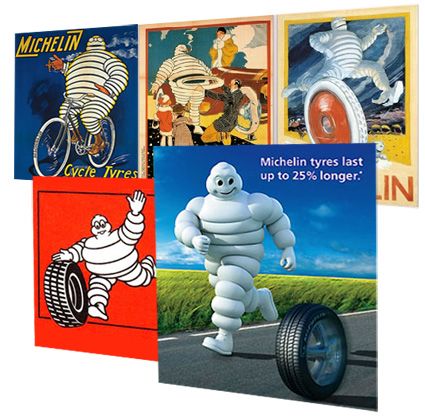 If it is not, it won't be able to drive properly. Often this is due to alignment issues.
If it is not, it won't be able to drive properly. Often this is due to alignment issues.
If the tread is too uneven, you will need to replace your tires. You might be able to catch this beforehand, however. If you notice that your vehicle pulls to one side, it's a sign that you are getting out of alignment.
Taking care of alignment issues will solve the uneven tread problem before starting. Once the tread is too uneven, you'll have to replace the tire.
Tires wear over time. The more they are driven, the more the tread will wear down. The tread can be easily measured to determine if enough tread is left to be safe and legal to drive on.
New tires usually have a tread depth of 10/32 of an inch. They need to be replaced when the depth reaches 2/32 of an inch.
If you don't have a proper ruler to measure on your own, you can use a penny. Insert a penny upside down in between the treads and see where the top of his head is. If the top of his head disappears, you have more than 2/32 of an inch of tread life.
Inspect your tires routinely for damage. If you notice a slow leak, you might have a screw or nail embedded in the tire. Depending on where it's inserted, you might have to replace the tire.
Any obstruction to the tire's sidewall cannot be patched or repaired. But if the obstruction is on the part of the tire that meets the road, you may be able to patch or plug it.
Take all tire damage seriously and remedy it as soon as possible.
You might think that a single damaged tire will be the only one you need to replace. Unfortunately, sometimes you will have to replace all four of them, even if the other three are in great shape.
All-wheel drive vehicles will need to have all tires replaced at once. The treads need to be as even as possible; otherwise, costly damage can happen to your car.
Two-wheel drive cars can sometimes get away with a single tire replacement.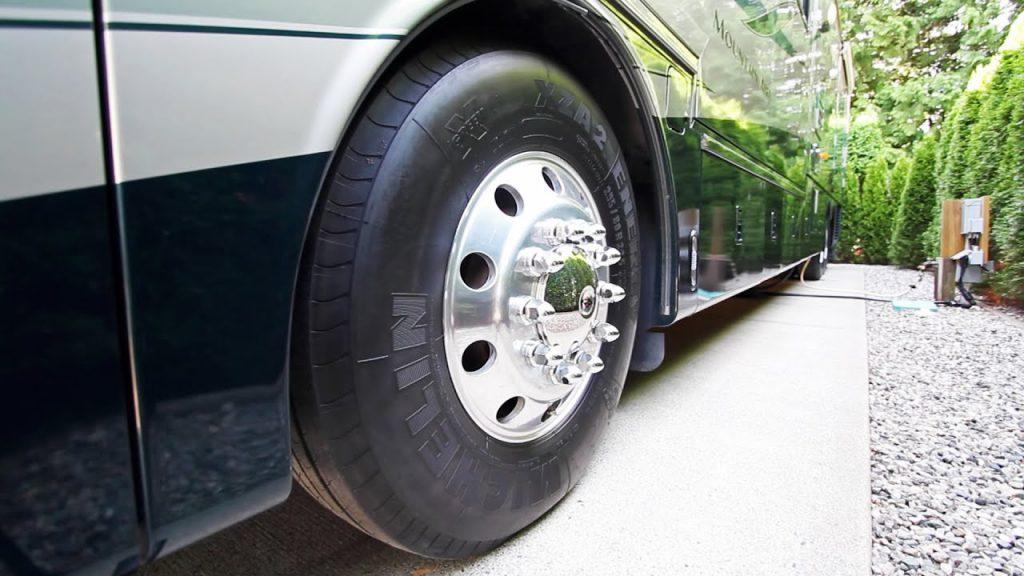 However, you'll want the tread for the tires on opposite sides to match as close as possible. Generally, if you replace one front tire on this type of car, you'll want to replace the other one so the treads will match.
However, you'll want the tread for the tires on opposite sides to match as close as possible. Generally, if you replace one front tire on this type of car, you'll want to replace the other one so the treads will match.
Michelin has been a leader in the tire industry for decades. With proper care and treatment, you can expect a Michelin tire to last an average of 85,000 miles on the road. Keep the tires inflated and rotated, and watch out for potholes. Drive safe!
We hope you found this post on Michelin tires to be helpful. For more information, we recommend the following posts:
How Long Tires Should Last On A Brand New Car?
20 Types Of Tires You Should Know
How Long Does It Take To Repair A Tire?
Tuesday, June 27, 2017 11:20:00 Europe/Moscow
Is there such a process as tire aging? And if they are not exploited, will they lose their properties over time? Is time another wear factor?
Michelin took this issue seriously and commissioned scientific research, which was carried out by two independent organizations - the Korean Consumer Protection Center (Korean Department of Customer) and ADAC - the German Automobile Organization (ADAC, The German Motorist Organization).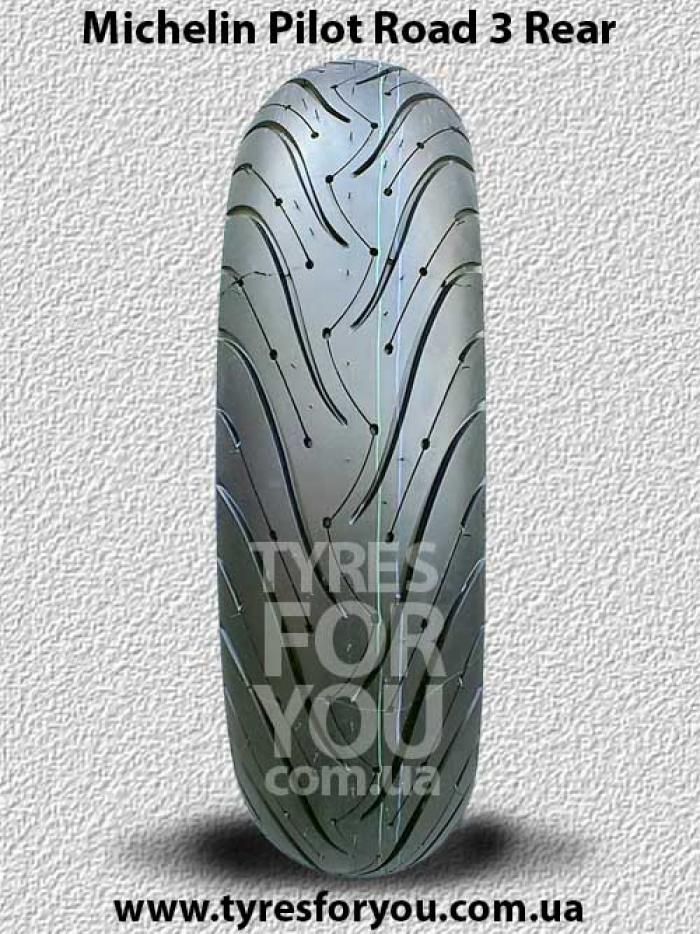
Studies have shown no significant difference in performance between newly produced tires and tires stored under the recommended conditions for three years . Strict adherence to the storage regime is a prerequisite for the validity of the experiment.
Michelin conducted this study to clarify the issue of tire aging, as there is a misunderstanding in the market today about which tires can be considered "old".
Answering the most popular questions from consumers, the company noted that the "aging" of tires is primarily not a temporary process, but an operational one. Therefore, for tire performance assessment, it is not the date of manufacture that is important, but the date of installation on the car and the time and operating conditions resulting from it.
Tires are subjected to air pressure and mechanical stress when fitted to the rim and vehicle. When properly stored (according to the manufacturer's recommendations), the tires are only affected by small temperature fluctuations in the storage area.
When properly stored (according to the manufacturer's recommendations), the tires are only affected by small temperature fluctuations in the storage area.
The date of installation on the car can be considered the date of counting the "age" of the tire . It is from the moment the tire is mounted on the rim that it begins to be subjected to real loads - tensile materials and air pressure. Once the wheel assembly is installed on the vehicle, these factors are added to the weight pressure of the vehicle, the impact of the roadway, as well as all the variety of different loads experienced by the tire during daily operation.
Compliance with the recommended tire storage conditions is a guarantee of maintaining their factory characteristics .
Tires should be stored in a cool place on clean surfaces that are free of gasoline, grease and other contaminants that can adversely affect the rubber.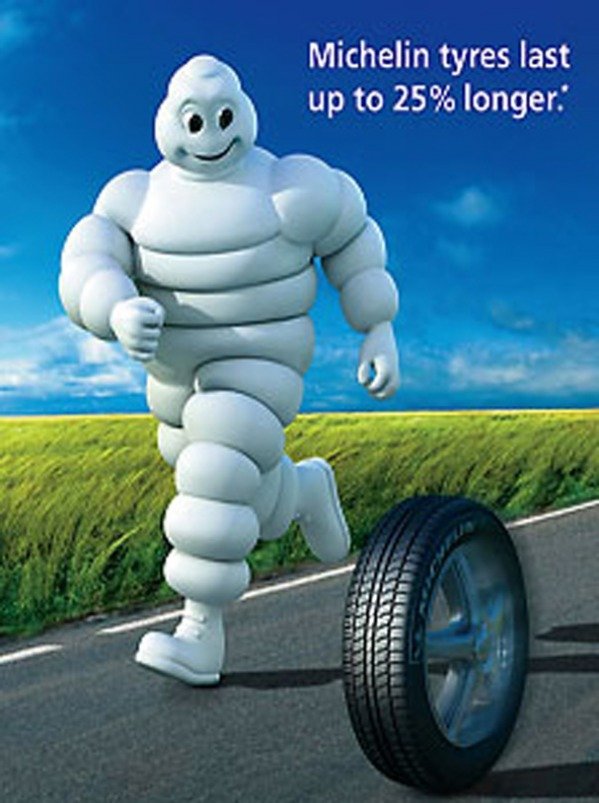 Tire storage areas should not be adjacent to nearby sources of heat and ozone - heating pipes and power generators, they should not be exposed to direct sunlight. Prolonged exposure to these factors can cause tire cracking.
Tire storage areas should not be adjacent to nearby sources of heat and ozone - heating pipes and power generators, they should not be exposed to direct sunlight. Prolonged exposure to these factors can cause tire cracking.
After installing the tires on the car, Michelin recommends:
regularly check the tire pressure and keep it at the recommended level;
regularly inspect tires for damage and repair them in a timely manner;
to measure the residual depth of the tread pattern, when the minimum allowable value is reached, immediately remove the tires from service.
Michelin does not recommend using tires after 10 years from the date of manufacture .
The studies and recommendations are valid for passenger car, light truck and SUV tires.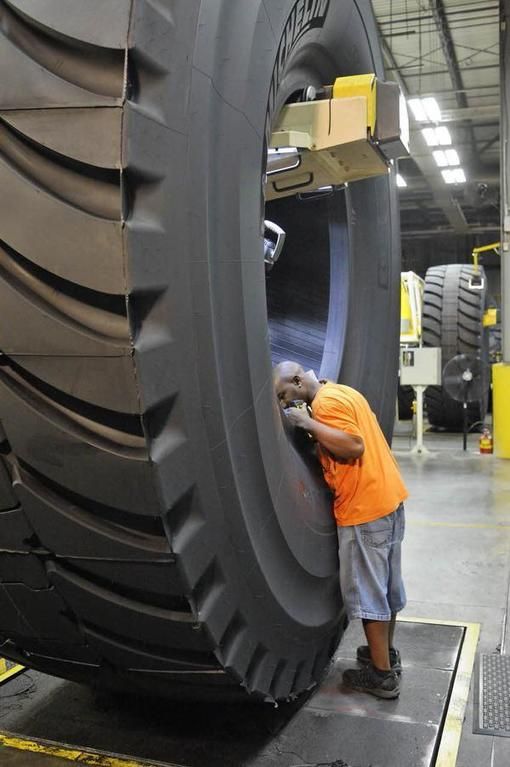
Consumer disputes over the age of tires have not subsided for several seasons. Buyers are excited that the warranty period for tires is limited to 5-6 years according to GOST, and after the expiration of this period, the rubber becomes unusable.
Is this really the case, read this article.
Manufacturers of most brands for their products set shelf life - 5 years and the service life is also 5 years .
The shelf life of a tire is the period during which it retains its performance when properly stored.
The end of this period does not mean that the tires have become unusable . A shelf life of 5 years is given by manufacturers because, by law, they cannot set a shelf life higher than the service life. Tires over 5 years of storage cannot be called damaged or defective, their technical characteristics may be slightly reduced.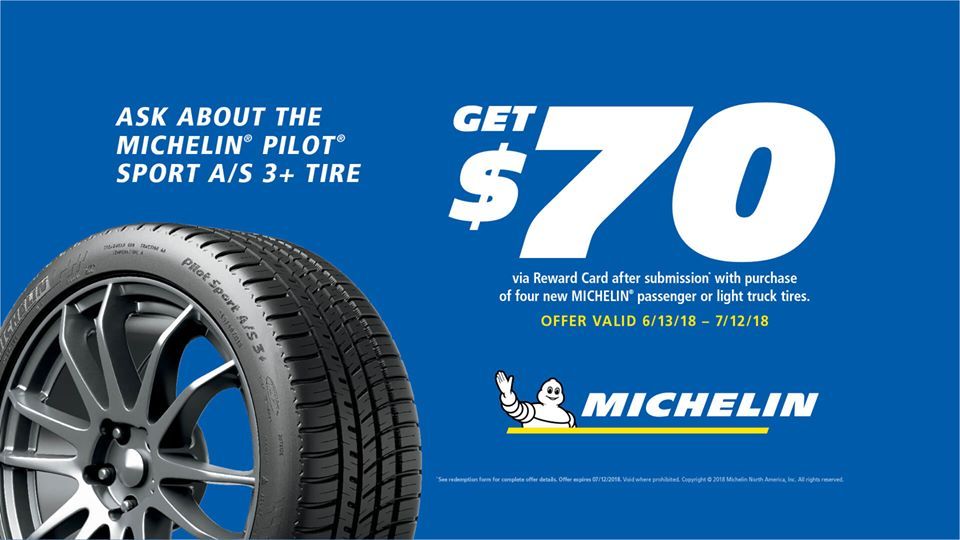 American researchers argue that the period of storage of "shoes" must be at least 10 years. Experts from Germany are sure that it cannot exceed 6 years.
American researchers argue that the period of storage of "shoes" must be at least 10 years. Experts from Germany are sure that it cannot exceed 6 years.
The expiration date of tires is the warranty period during which the manufacturer is responsible for the quality and condition of the tire if it was used for its intended purpose without violating the operating rules.
According to Russian legislation (GOST 5513, GOST 4754-97) , the service life of tires is 5 years from the date of manufacture.
How can I find out the date of manufacture of tires?
You can find out the age of tires by a special DOT code. Tires manufactured after 2000 in the DOT code contain two pairs of numbers, where the first pair indicates the week number of the year, and the second pair indicates the year. Earlier tires before 2000 have 3 numbers in their composition, where the first two digits are the week number, and the last one is the year (see the transcript in the photo).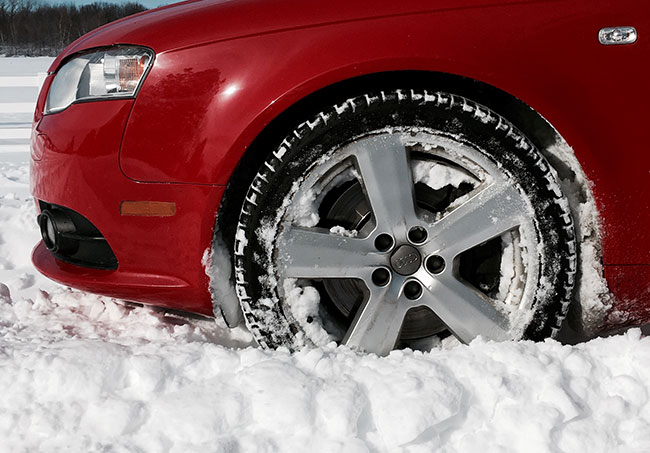
Determination of the average shelf life of a tire according to GOST and operating conditions.
- The symbol ZR denotes tires for high-speed cars. They are recommended to be used at speeds over 240 km/h. up to 6 years
- Tires with the H symbol are used at a maximum speed of 210 km/h. within 5 years.
- The sign S symbolizes the maximum permissible speed of 180 km/h. and operational period of 4-5 years.
Most tire manufacturers do not agree that tire life is limited to 5 years. Each company has its own opinion on this matter. We analyzed several of them and the information they posted on their official websites.
Michelin
The French tire manufacturer Michelin has become famous for its active fight against the perception of the rapid aging of tires as a perishable product. Her information campaign "Tires Are Not Bananas" created a lot of noise in the automotive environment. According to the representative office, several test trials were carried out in Saudi Arabia, South Korea and Germany. As a result of testing, no difference was found between new tires and tires stored for 3 years. They were tested for various characteristics such as rolling resistance, high speed durability, etc. Tires with a year life were approximately equal in performance to 10-year unused tyres.
According to the representative office, several test trials were carried out in Saudi Arabia, South Korea and Germany. As a result of testing, no difference was found between new tires and tires stored for 3 years. They were tested for various characteristics such as rolling resistance, high speed durability, etc. Tires with a year life were approximately equal in performance to 10-year unused tyres.
Michelin focuses the attention of car owners on the fact that tires are not a perishable product, their shelf life is not as important as the service life is important, starting from the date the tires are installed on the rims. It is from this moment that the tire is subjected to all tests: pressure, temperature changes, wear, contact with uneven and sharp coatings, etc.
Continental
On the Russian official website of Continental, we found the following information on the expiration dates of tires.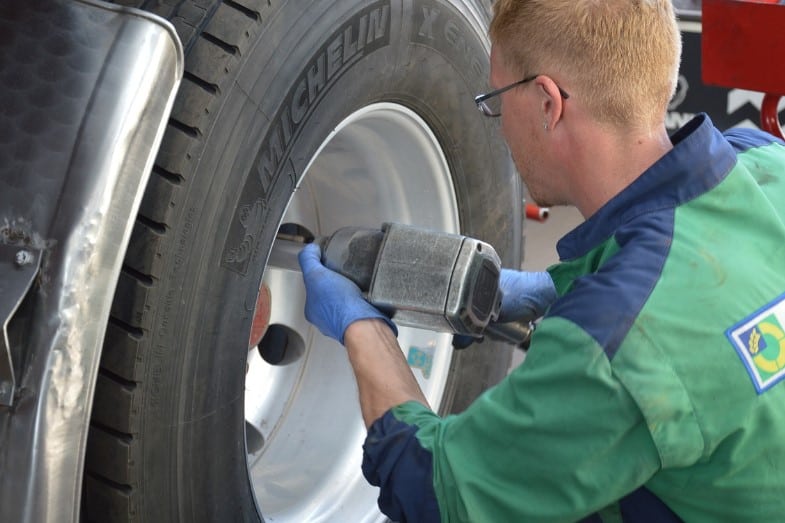
“When a tire is stored in the correct position and under the recommended conditions, it will not lose its original balanced performance for 5 years from the date of manufacture of the tire.
A properly maintained, unused tire less than 5 years old can be sold as a new tire and used normally.
Continental recommends replacing all tires (including spares) with a sidewall date greater than 10 years.
Nokian
The following information is posted on the Nokian official website:
“Tire life is not defined by law, but tires can only be considered “new” if they have been manufactured within the last five years. The recommended service life of tires is six years and the recommended maximum period is 10 years.
The opinion of our specialists, based on many years of experience, coincides with the opinion of manufacturers: the shelf life is 5 years + the service life is up to 10 years. Moreover, more "adult" tires, in our opinion, are of better quality.
To keep tires as long as possible, they are stored in compliance with all rules and recommendations. The main condition is a cool, ventilated, darkened room away from oils, paints, ozone, and heat sources.
Rubber products tend to lose their performance over the years. To prevent and slow down this process, manufacturers add polymers to the rubber compound. They prevent oxidative processes that occur due to the interaction of protectors with oxygen and ozone.
The following are the main conditions for the proper storage of tires in accordance with GOST 24779-81:
Maintaining a constant regime without sudden jumps, slight temperature fluctuations from -30°С to +35°С are allowed;
Provide a low humidity level of 50-80% in a dry, ventilated cool room;
Avoid direct sunlight, use darkened hangars, shield heat sources;
Keep away from sources of heat;
Tires should not come into contact with corrosive, copper materials.
Avoid kinking, loading or positioning on an uneven surface.
Avoid contact with oils, organic solvents, acids, alkalis, fuels and lubricants on the tire surface. It is forbidden to lay tires on a wet and dirty surface.
In the warm season, when storing tires outside, they should be covered with light-tight material and raised above ground level to ensure ventilation and prevent the occurrence of the greenhouse effect.
Storage on reflective, light and heat absorbing surfaces is prohibited.
Keep away from chemicals, oils, paints, open flames, electric motors that produce ozone.
Used tires must be washed and dried.
Tires without rims should be stored upright.
The service life depends on many factors: the load on the car, the quality of the roads, the driving style, the distance traveled, tire damage, etc.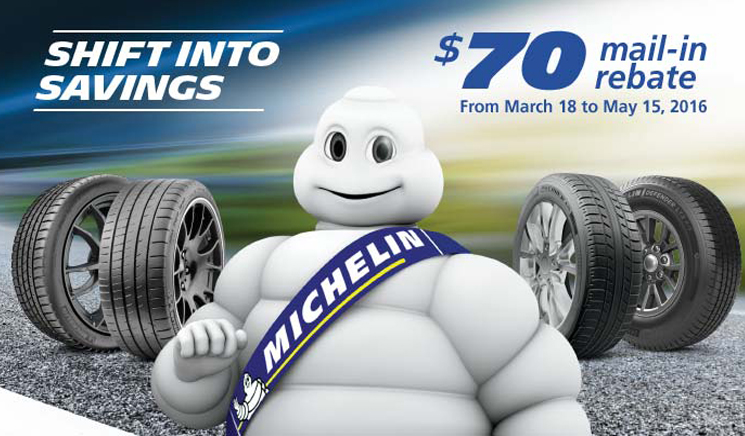 To increase their service life, follow these rules:
To increase their service life, follow these rules:
Check tire pressure every 2-3 weeks. With reduced pressure, tire wear increases by the equivalent of a % reduction. For example, a 15% reduction in pressure can result in a 15% reduction in service life. Inflated tires are less scary.
The wear of the front tires is always significantly higher than the rear ones, so it is recommended to swap them after some time, carefully watching the direction of the tread pattern and the direction of rotation.
Proper alignment of tires in relation to rims. If the direction is not the same, then performance is significantly reduced.
To prevent damage to the sidewalls of tires, avoid close proximity to curbs and high ledges.
Wash off dirt from the surface of the rubber and from deep grooves with special cleaning agents.
Adhere to an even driving style without harsh brakes and quick starts.